Gallery
Explore Nature
Experience It Yourself
Penang Hill in Malaysia is great for nature lovers and adventure seekers alike. You can hike, take a canopy walk or ride the funicular railway for amazing views.
Video Penang Hill Biosphere Reserve
Flora
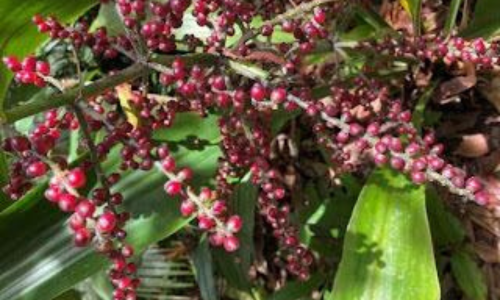
Common Susum
The Critically Endangered true Hanguana malayana is a solitary shade-tolerant herbaceous plant with distinct male and female flowers on different plants.
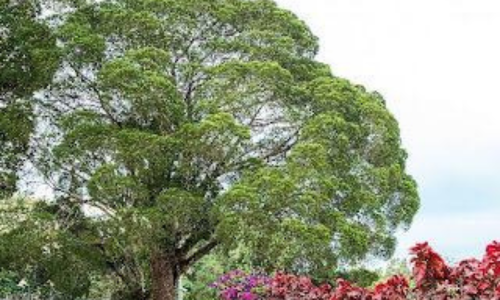
Sempilor
Sempilor is a medium-sized conifer and the main source of Podo or Sempilor wood and is sometimes planted as an ornamental tree.
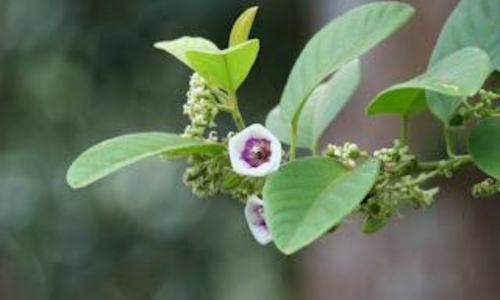
Argyreia adpressa
A wild member of the Morning Glory family, the Argyreia adpressa has white, light yellow bands and mauve bell-shaped flowers and leaves covered with adpressed hairs.
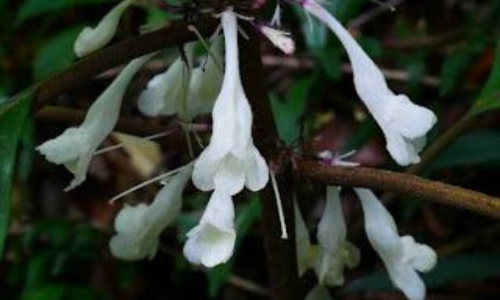
Tarom Hutan
Endemic to Penang Hill, the ornamental species have rosette-arranged leaves, white funnel-shaped flowers, and needle-like fruits. In folk medicine, the roots are used for after childbirth care.
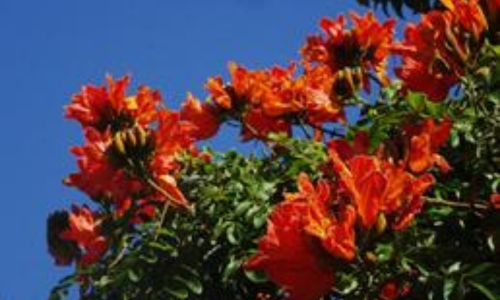
African Tulips
Nominated as among 100 of the "World's Worst" invaders, the tree grow between 7–25m tall and native to tropical dry forests of Africa.
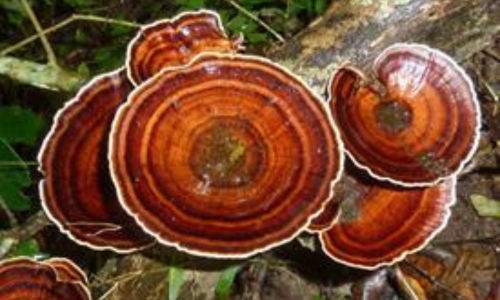
Microporus xanthopus
An attractive fungus with funnel-shaped caps (up to 9mm) concentrically zoned in various shades of brown and cream. Indigenous knowledge claims the fungus is medicinal and good for women’s health.
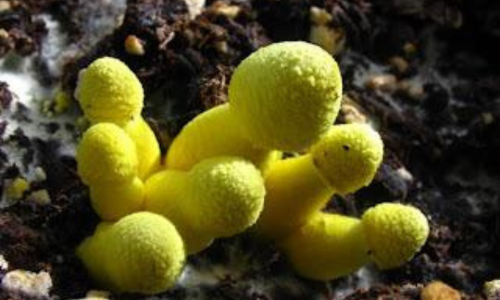
Flowerpot Parasol
Flowerpot Parasol or Plantpot Dapperling commonly grows in the greenhouse potting soil in temperate regions. The entire fungi are bright, pale sulfur-yellow, color fades with age.
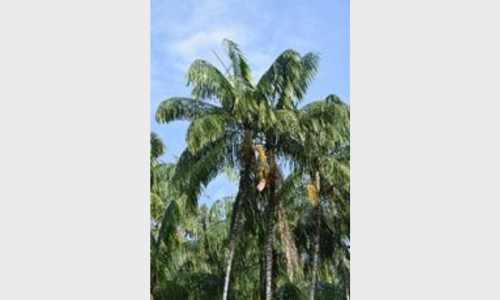
Nibung Palm
Densely clustering feather-leafed palm grows to 25m tall, found mainly in coastal areas. Native to Thailand, Peninsular Malaysia, Sumatra, Java and Borneo.
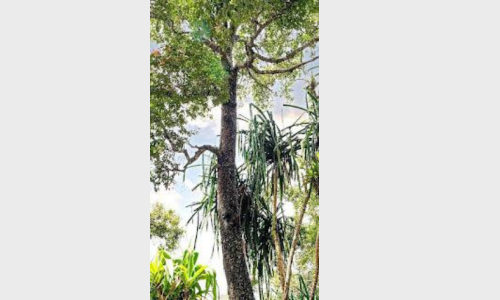
Needlewood tree
Evergreen Needlewood trees (5-35 m tall) have white flowers with yellow stamens. Used in medicine, as a dye, and for constructions, the wood may cause skin irritation.
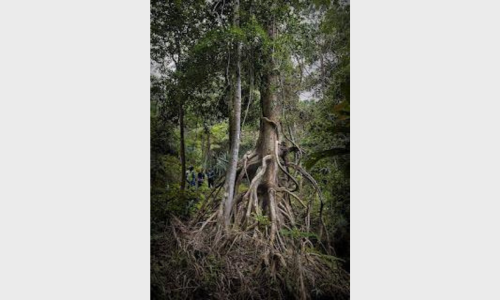
Simpoh Gajah
A lofty tree species (up to 40m) with large toothed leaves, yellow flowers, and stilt or prop roots at the base tolerant to waterlogged, swampy conditions.
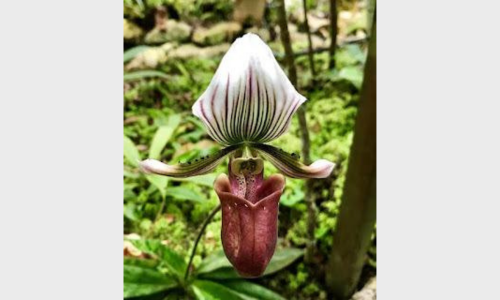
Slipper Orchid
Originally endemic to Peninsular Malaysia, the commercialized slipper orchid is now rare in nature. The terrestrial herb grows in the moist montane forests at elevations from 700 to 1300m in the tropics.
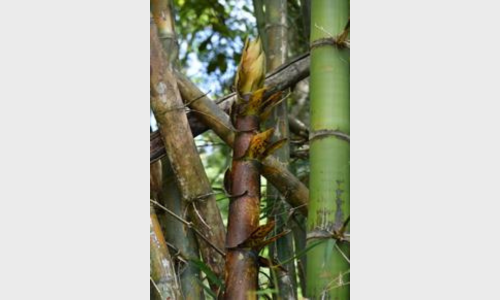
Giant Thorny Bamboo
Large woody bamboo cultivated in Malaysia. Native to S. Asia; India, Bangladesh, Sri Lanka, and Indochina.
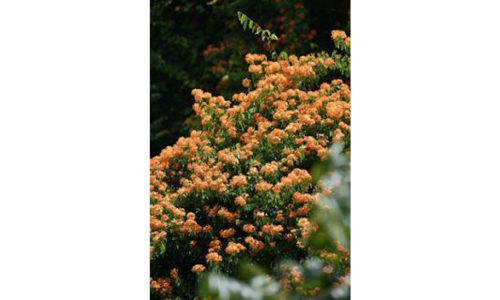
Ketup-Ketup
Large liana of lowland to hill forest with red young leaves turning green as it matures. Native to Thailand, Peninsular and Sumatra.
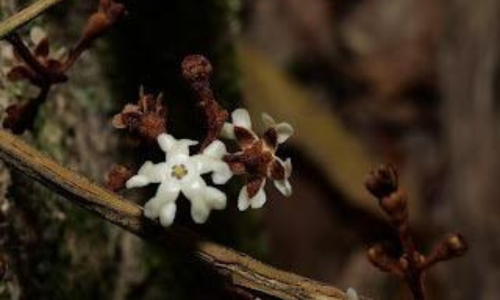
Erycibe griffithii
Erycibe griffithii is a flowering wild woody climber emitting a mild sweet jasmine-like smell. Its fruits are a favorite of the Endangered Malayan tapir (Tenuk Malaysia)
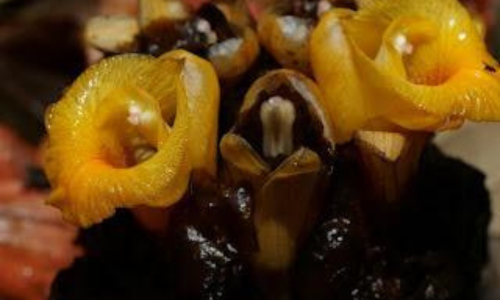
Meistera aculeata
A 2m tall big clumping ginger species, the Penang variety was initially considered a different species due to the variation of bright orangish-yellow flowers.
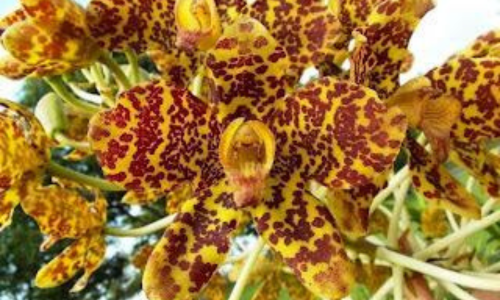
Tiger Orchid
The largest orchid species in the world has 3m tall stems, 2m flower stalks and weighs a hefty two tonnes! The Tiger Orchid flowers resemble a tiger's stripes.
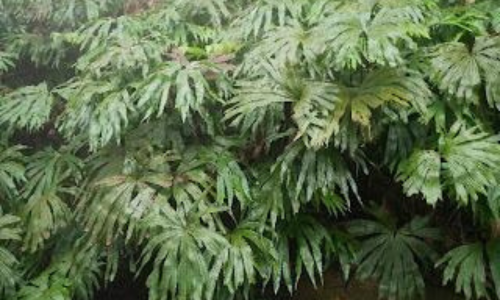
Broad-leaf Fern
A terrestrial ornamental fern found at lower and upper montane forests edges has long stipes (2m long) and large umbrella-shaped fronds (70cm wide).
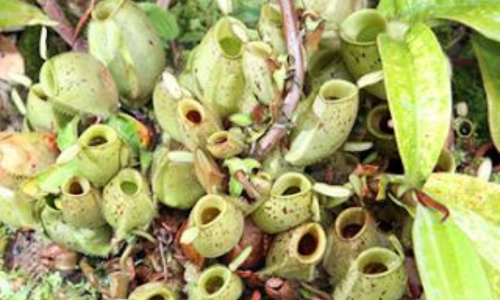
Flask-shaped Pitcher Plant
Flask shaped pitcher plant, unlike others of its genus, has evolved from carnivory to partly detritivores, collecting and digesting falling leaf litter in their pitchers.
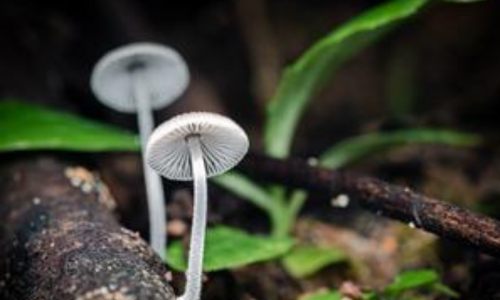
Mycena chlorophos
A species of agaric fungus, which are bioluminescent and emit a pale green light.
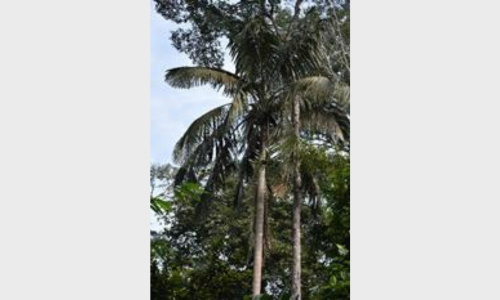
Ibul
Solitary palm growing in lowland forests reaching 20m. Native to southern Thailand, Peninsular Malaysia, Singapore, and Sumatra.
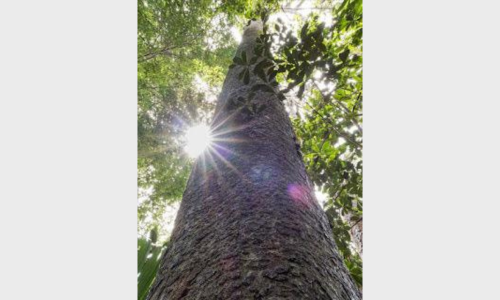
Damar Minyak
Damar Minyak is a native conifer species used in landscaping; its resin ‘damar’ produces varnish, incense, and waterproof seal for wood gaps.
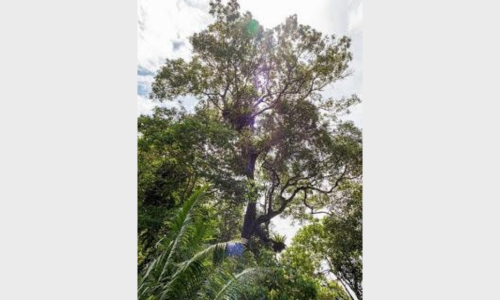
Jelutong Tree
Jelutong (80m tall) is grown commercially for timber. The tree may shed its leaves before flowering and disperse the light-winged seeds by wind after fruiting.
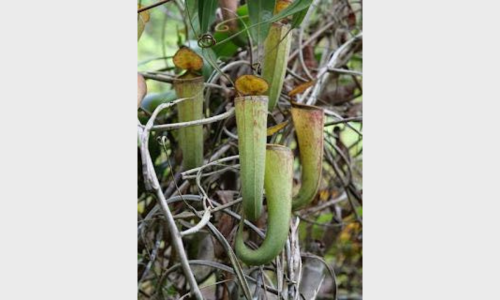
Slender Pitcher Plant
Nepenthes gracilis is a carnivorous insect trapping pitcher plant native to Southeast Asia commonly found in Peninsular Malaysia.
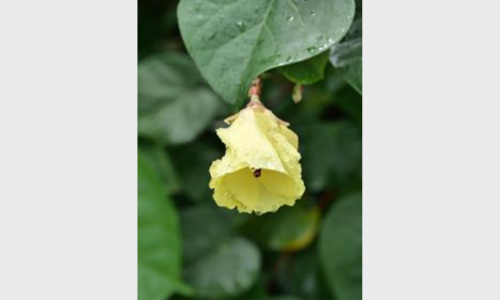
Sea Hibiscus
Widespread throughout the tropics, a shrubby tree grows to 15m. Commonly found on rocky, sandy coasts and brackish rivers.
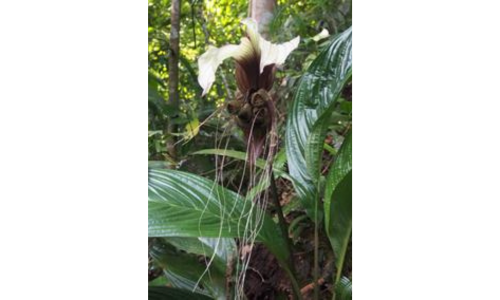
White Bat Lily
A stemless or short-stemmed rhizomatous herb up to 1m in lowland forest. Native to Bangladesh, Myanmar, S. China, S. Thailand, Malaysia, Borneo, Singapore and Java.
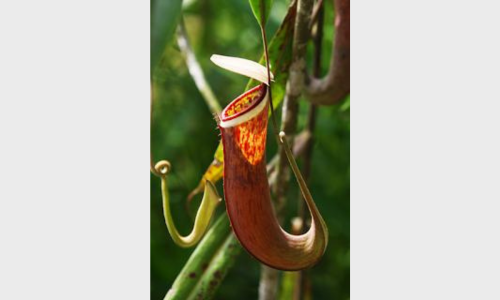
Tropical Pitcher Plant
Nepenthes albomarginata Latin words albus and marginatus, refer to the white band of trichomes characteristic of the species growing at an altitude of 0–1200m above sea level.
Fauna
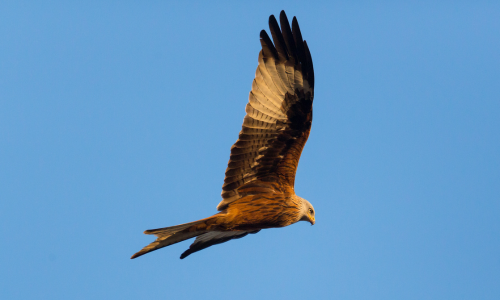
Brahminy Kite
Medium-sized raptors with reddish-brown or chestnut plumage and a white head, breast, and black wingtips.
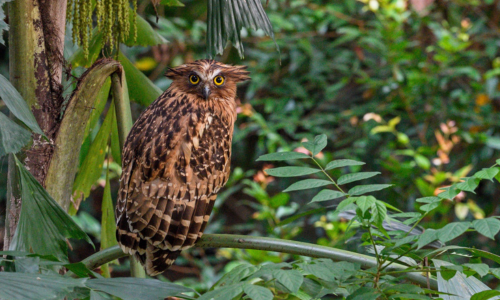
Buffy Fish Owl
Large orange-brown owl with distinct ear-tufts and bright yellow eyes emit a rapid
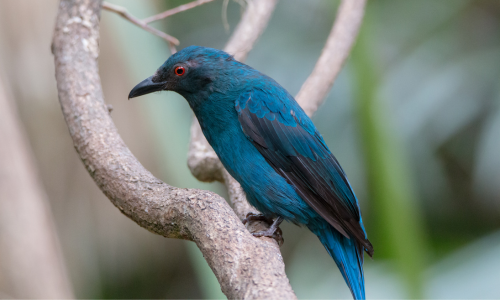
Asian Fairy Bluebird
Shiny blue birds with bright red iris. Females have bluish-green plumage while males have glossy, iridescent blue upperparts, dark black underparts, and flight feathers.

Greater Racket–tailed Drongo
A distinctive glossy dark blue medium-sized bird with a tufted crest on its head and a pair of elongated tail feathers.
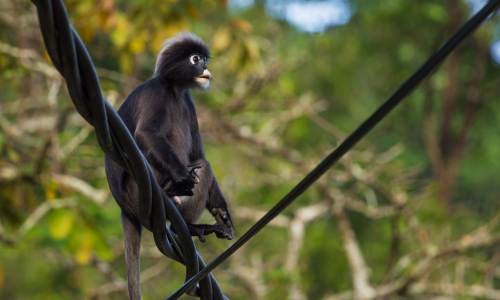
Dusky Langur
Adult spectacled langurs have white eyes and mouth patches and their bright orange babies change to the color of the adults by 6 months of age
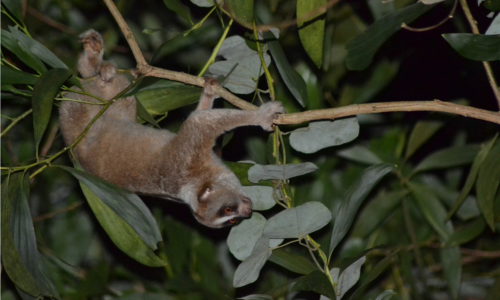
Sunda Slow Loris
A nocturnal primate, the Slow Loris, moves slowly in the canopy of the rainforest and inhabits forests near human habitation.
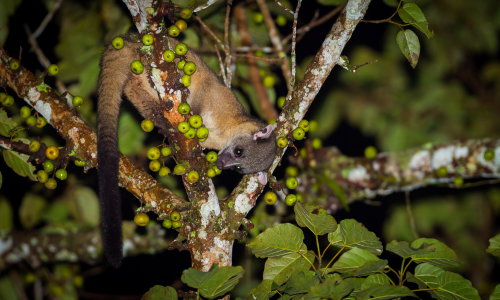
Common Palm Civet
These night-active, tree-dwelling mammals inhabit rainforests, plantations, and sometimes enter gardens and villages.
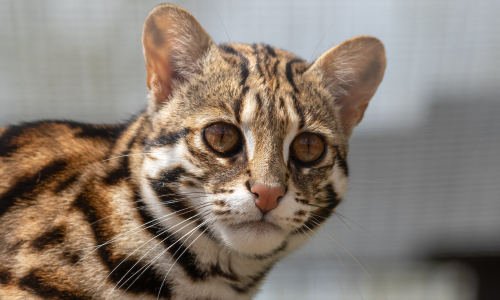
Asian Leopard Cat
Asian Leopard Cats are found in tropical and temperate forests, coniferous forests, shrubland habitats, and grasslands.
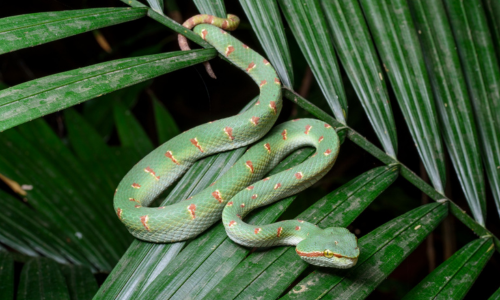
Wagler’s Pit Viper
Venomous nocturnal snakes have diamond-shaped heads with distinctly different body and colour between males and females.
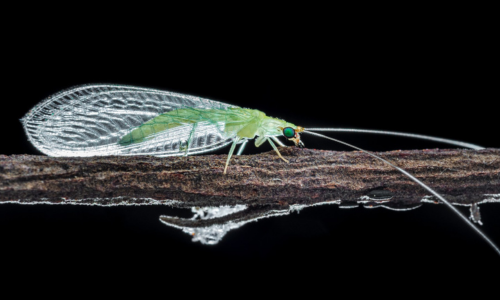
Green Lacewing
These pale green insects are weak fliers with large transparent wings, long threadlike antennae, and glossy compound eyes attracted by lights at night.
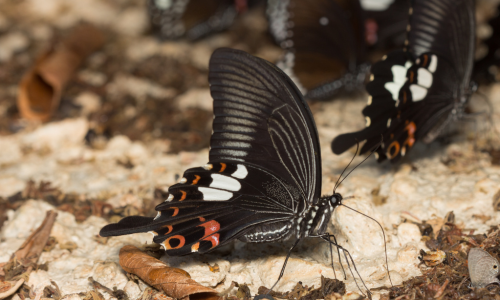
Great Helen
The Great Helen is a large swallowtail butterfly easily recognised by blue spots above its tornal red spots.
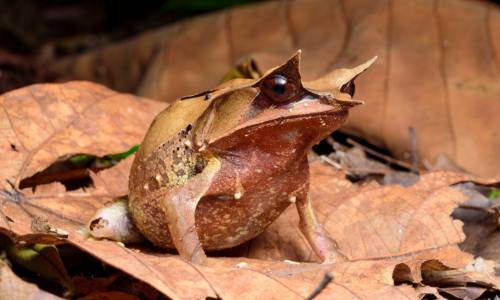
Malayan Horned Frog
A stocky frog with short limbs and a broad head with pointy skin projections above its eyelids resemble horns.
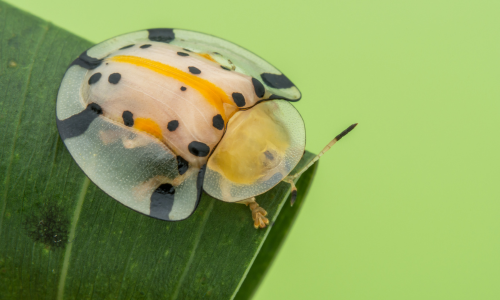
Tortoise Beetles
Tiny Tortoise beetles have translucent carapaces and distinct metallic coloration to blend in with the leaf surface.
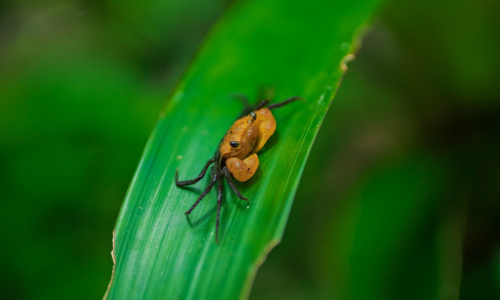
Penang Hill Vampire Crab
Described in 2016 and endemic to Penang Hill, the semi-terrestrial highland crab species uses the water-filled cavities of plants as habitat
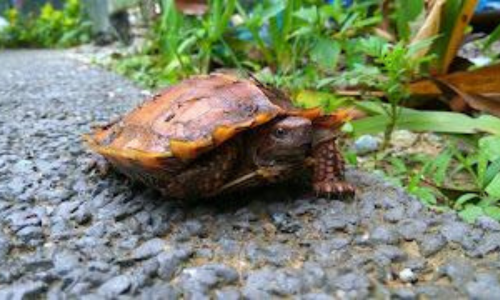
Spiny Hill Turtle
The reptile has a spiky-edged carapace, camouflaged against the litter of the forest floor, makes occasional forays to streams and puddles.
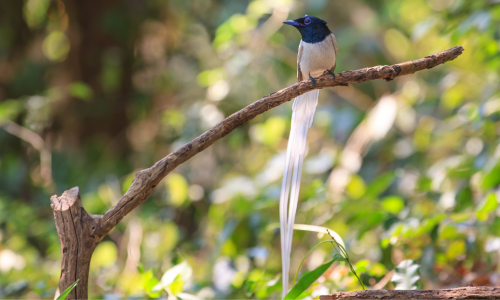
Asian Paradise Flycatcher
Adult male Asian Paradise-flycatcher's prominent features are distinctive tail streamers. Females have shorter tails, smaller crests, without blue eye rings.
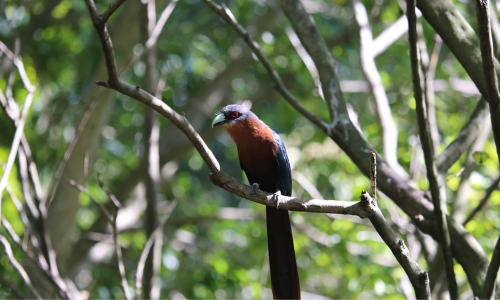
Chestnut Breasted Malkoha
Both males and females have similar plumage. Males have a pale blue iris and the female has a yellow iris.
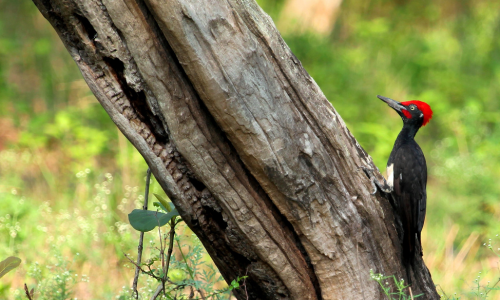
White-Bellied Woodpecker
One of the largest species of woodpeckers, adults are up to 48cm. Males and females have similar plumage; males have a red crown and females black.
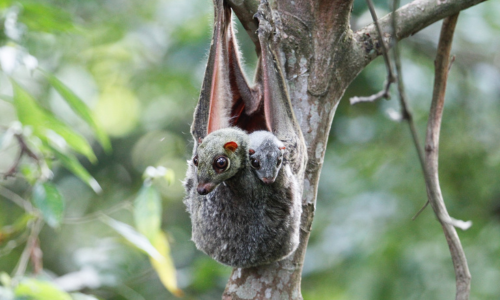
Sunda colugo
Discovered on Penang Hill in 2017, the Sunda flying lemur is nocturnal mammal, gliding up to 500 meters from tree to tree to feed.
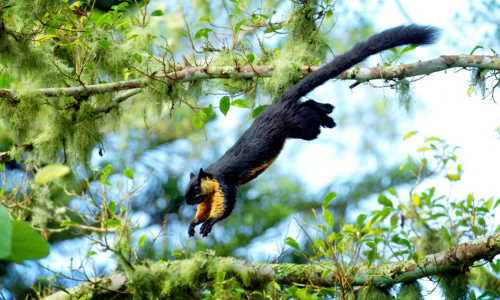
Black Giant Squirrel
The largest squirrel in South-East Asia grows to 50cm in length and has a black body with yellow underpants and cheeks.
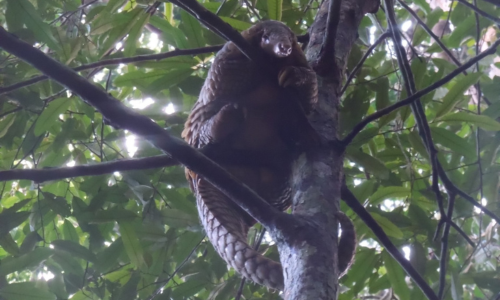
Sunda Pangolin
These scaly mammals are hunted to near extinction because of false belief in the medicinal properties of their scales.
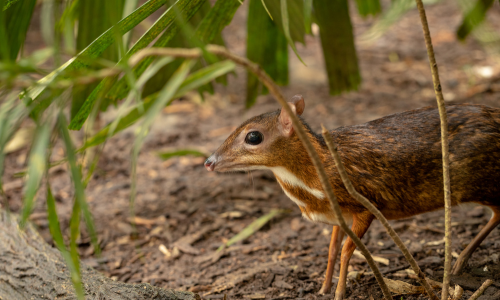
Lesser Mousedeer
Malay traditional fables about the clever tiny mouse deer (less than 2kg) outsmarting the animals of the forest are well loved by Malaysians.
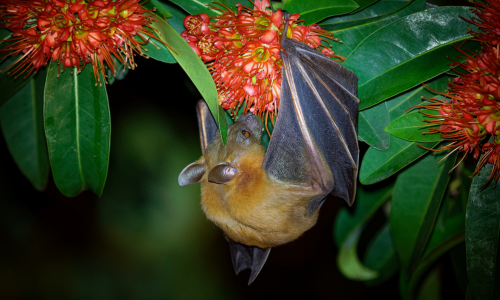
Lesser Short-nosed Fruit Bat
Malaysian fruit bats are one of the most widely distributed bat species inhibiting Pulau Langkawi, Pulau Tinggi, and Pulau Redang.
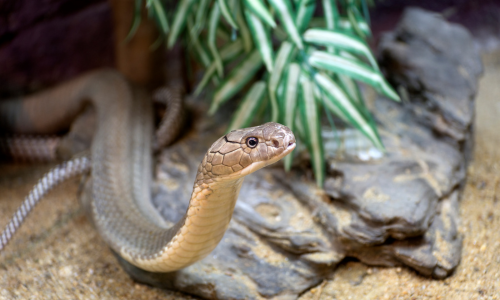
Malayan Spitting Cobra
The highly venomous Malayan Spitting Cobra is found up to about 1,500m above sea level in tropical forests but sometimes encounters humans in gardens, parks, and urban areas.
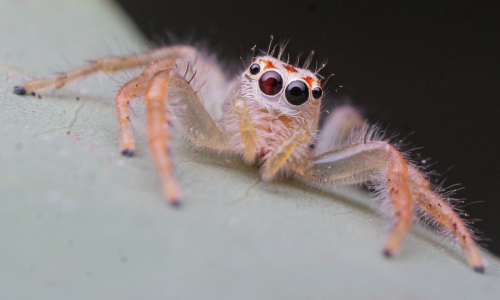
Jumping Spiders (female)
Colourful long-legged jumping spiders live on broad-leaved shrubs in the rainforest. Males have a crown of V-shaped raised, long hairs resembling a mohawk.
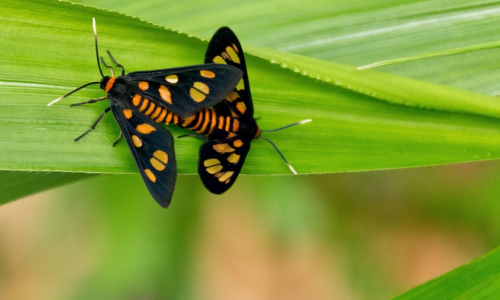
Wasp Moth (mating)
Wasp Moth evolved mimicry to resemble stinging Wasp as protection from predators among amphibians and birds.
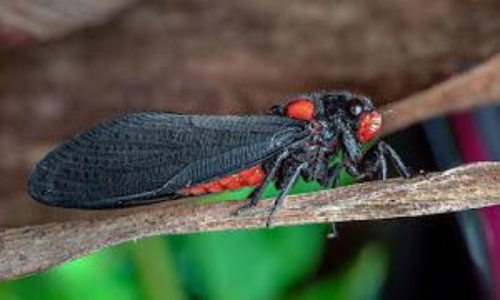
Black and Scarlet Cicada
A small and strikingly coloured cicada has a scarlet body with smoky-grey wings and dark black proboscis and limbs.
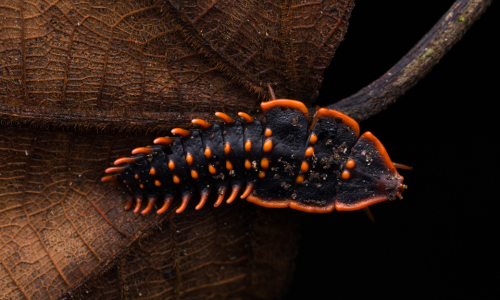
Trilobite Beetle (female)
Trilobite Beetles display a huge physical differences between the nondescript male beetles and females with armoured shell segmented body resembling the prehistoric trilobite.
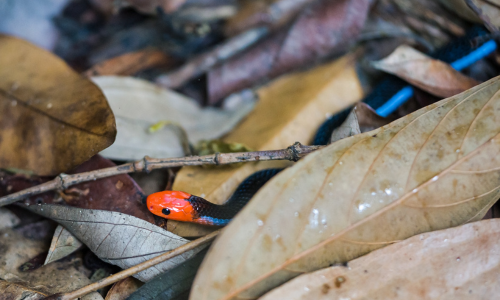
Blue Malayan Coral Snake
A beautiful but highly venomous snake, its primary food source is other snakes. Watch out for its redhead typically encountered crossing forest trails.
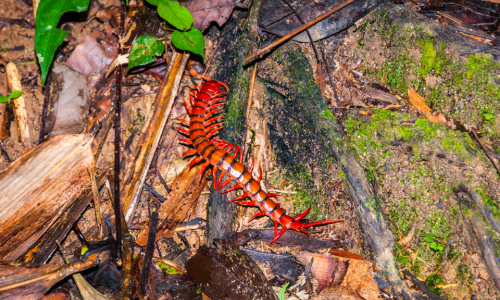
Cherry Red Centipede
A giant bright red centipede (20cm) uses its modified venomous first legs to grab and kill prey, like arthropods and molluscs
Penang Hills
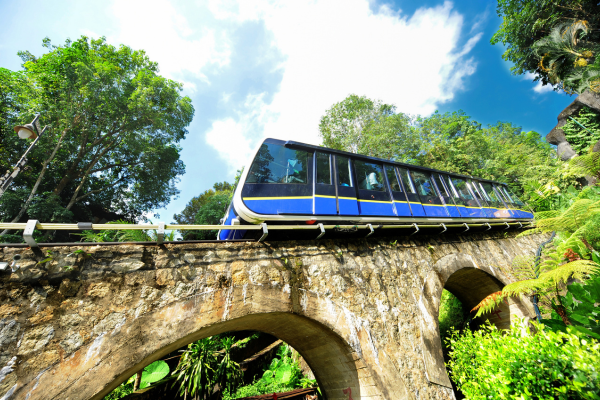
Funicular Train, Penang Hill
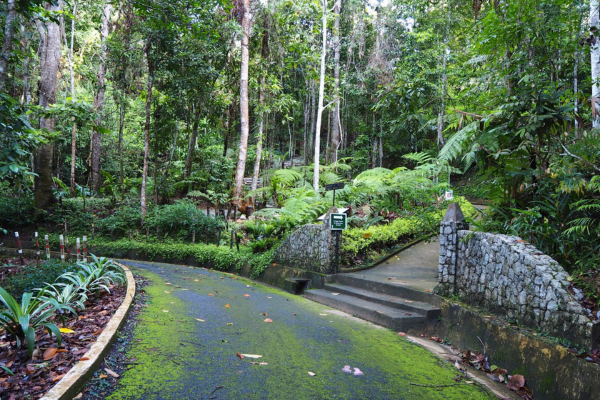
Hiking Trails
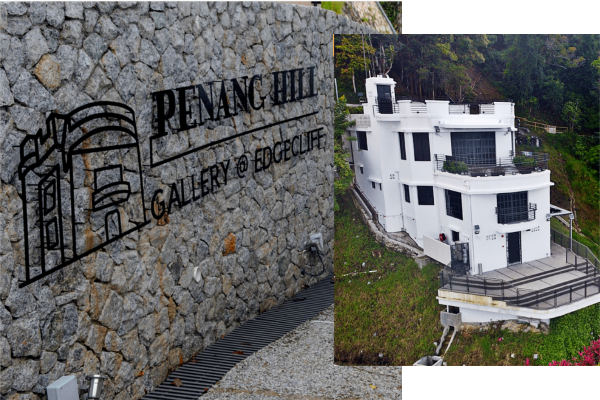
Penang Hill Gallery @ Edgecliff, Penang Hill
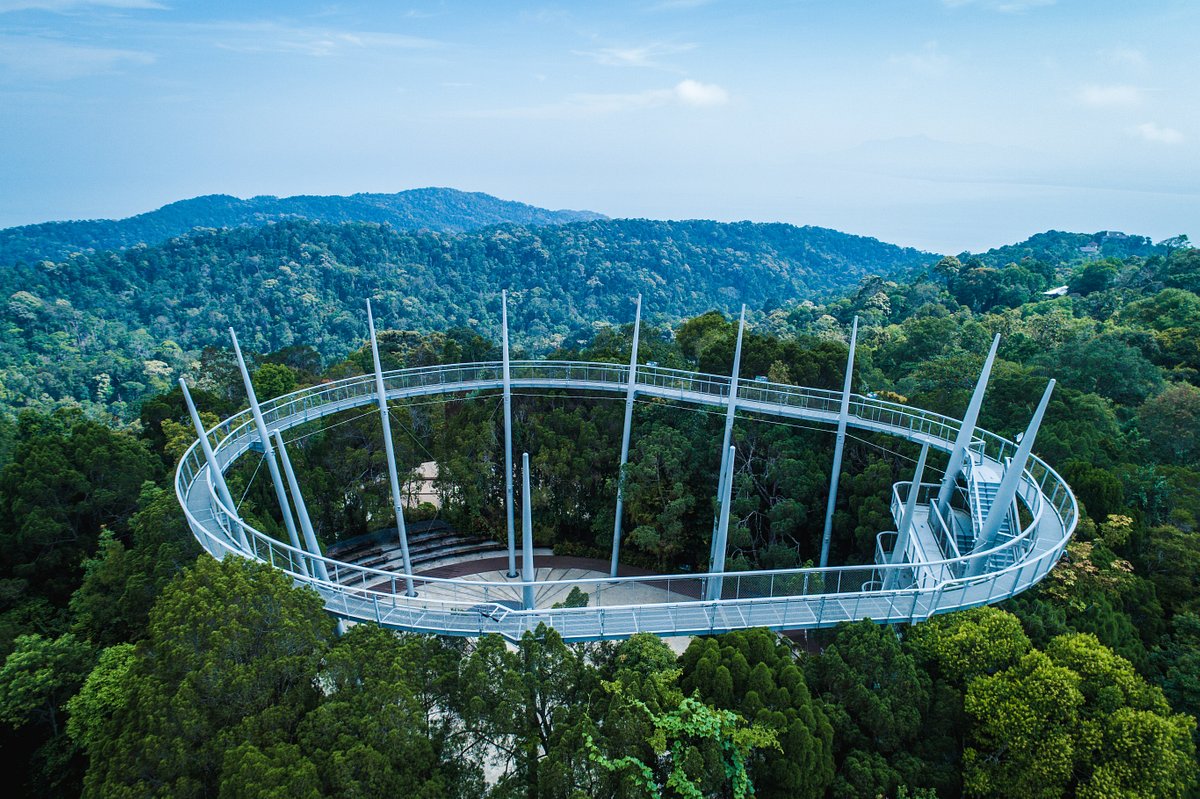
Curtis Crest Treetop Walk @ The Habitat Penang Hill
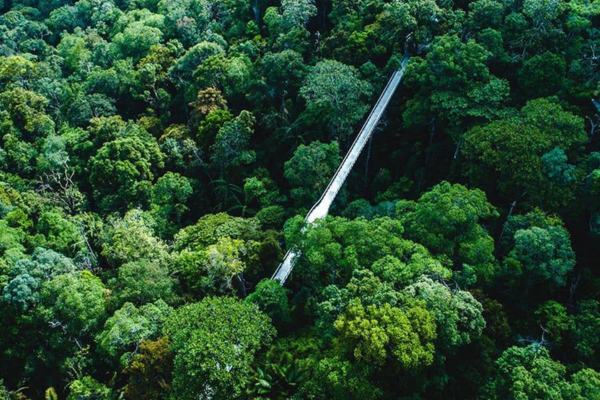
The Langur Way Canopy Walk, The Habitat Penang Hill
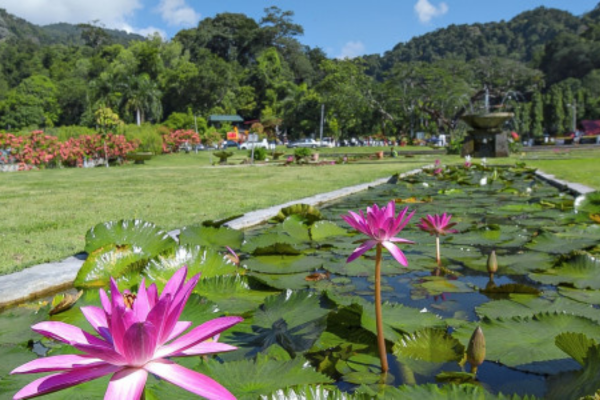
Penang Botanic Gardens
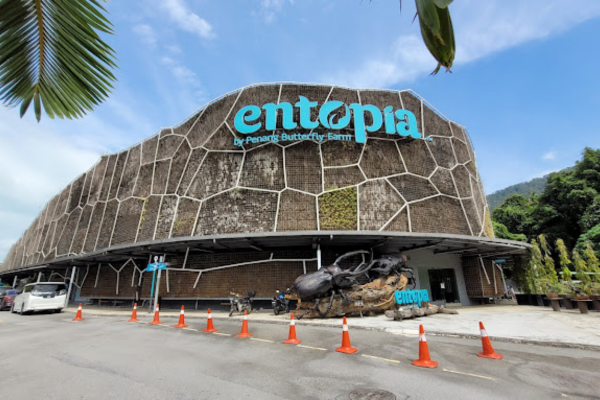
Entopia by Penang Butterfly Farm
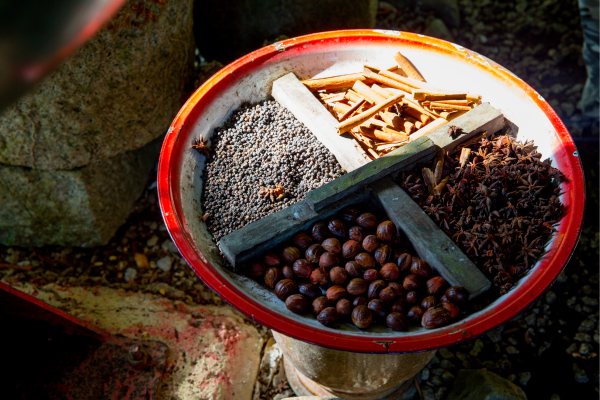
Tropical Spice Garden
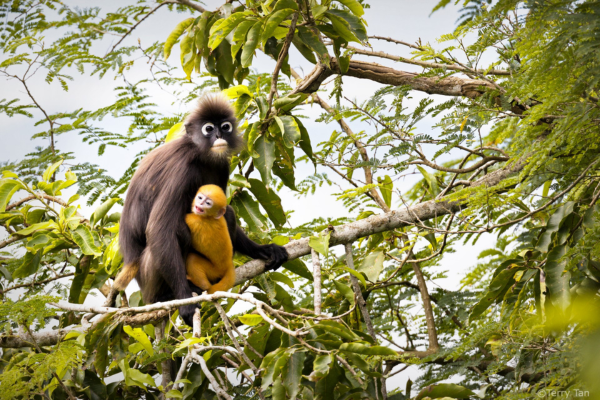
Penang National Park
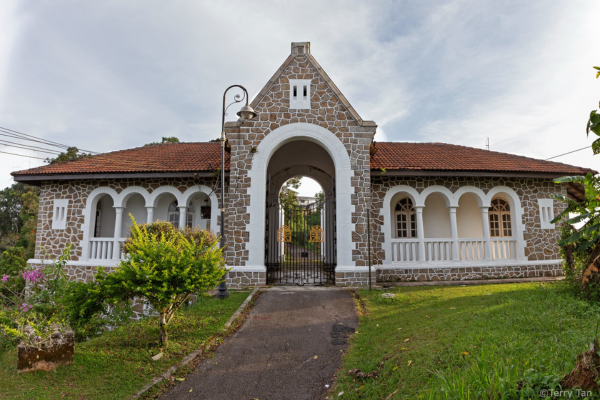
The Gate House of Bel Retino Bungalow, Penang Hill
Explore Nature
Experience It Yourself
Showcasing the breathtaking natural beauty from its serene landscapes to the vibrant flora and fauna, this visual journey provides a glimpse into the captivating essence of PHBR.
Our Videos
Flora
Fauna
Penang Hill Biosphere Reserve Images
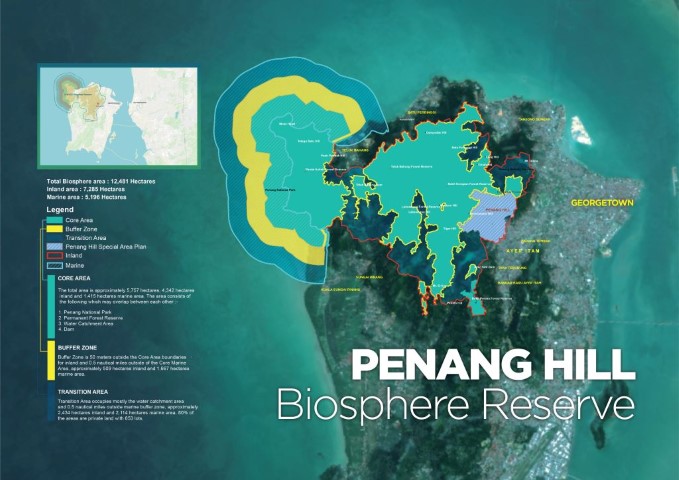
Map & Zonation
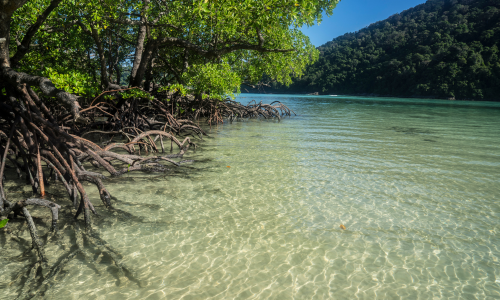
Ecosystem
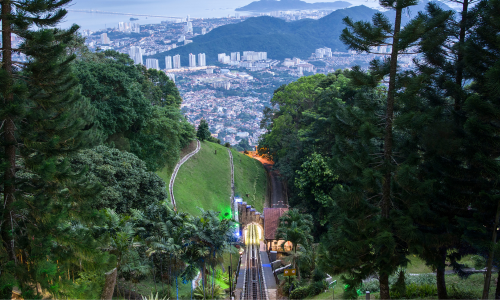
Tourist Attractions

Partners
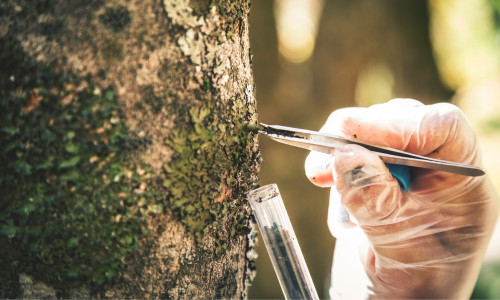
Programmes


